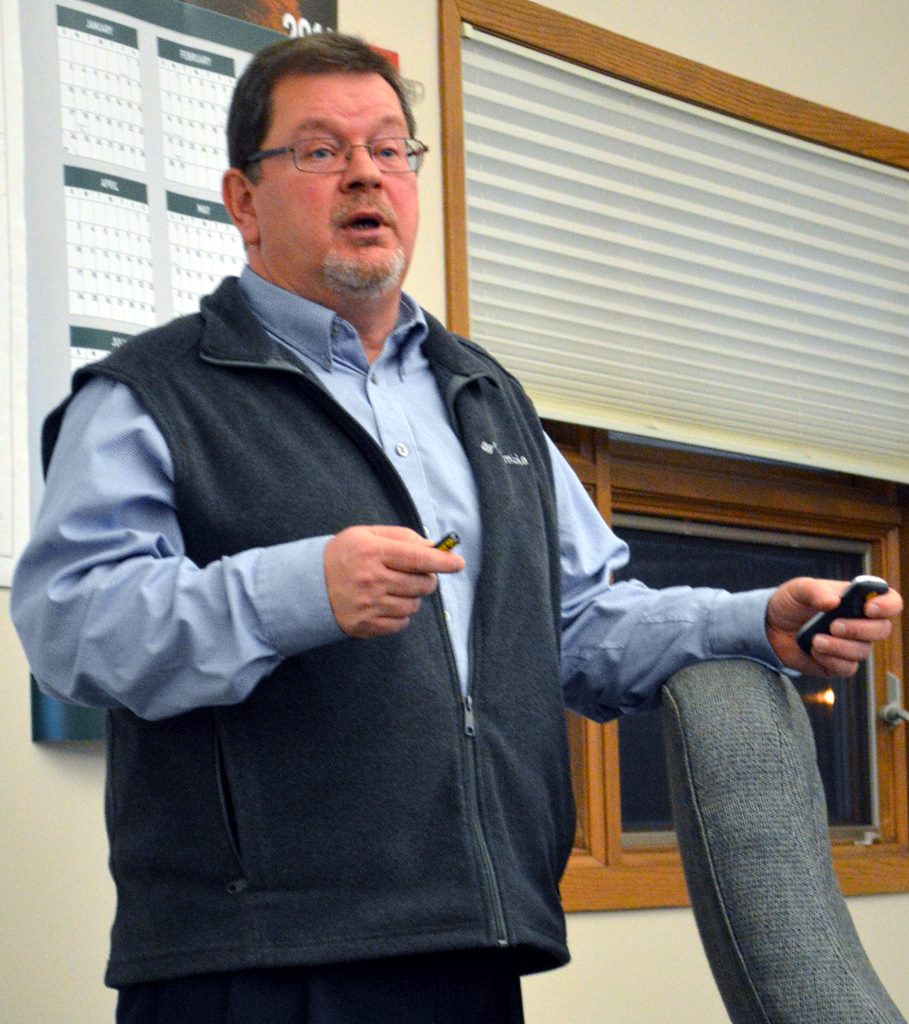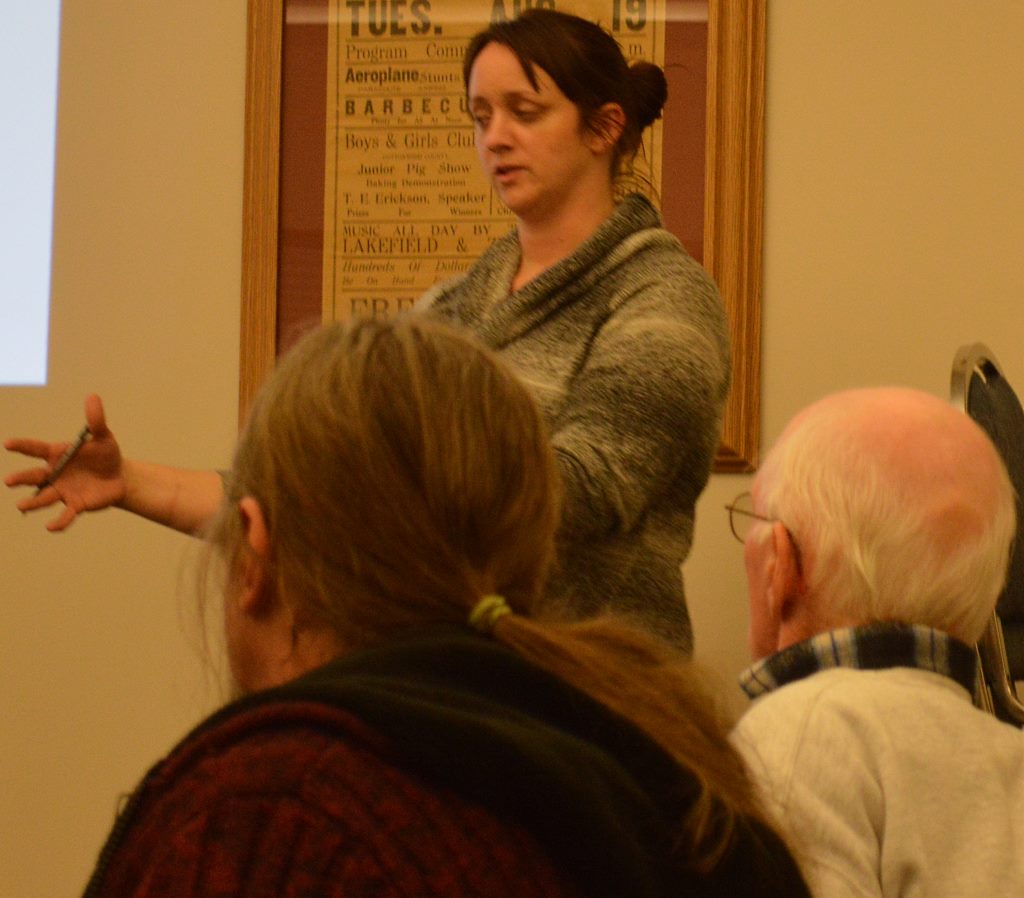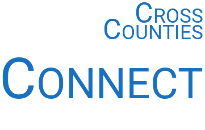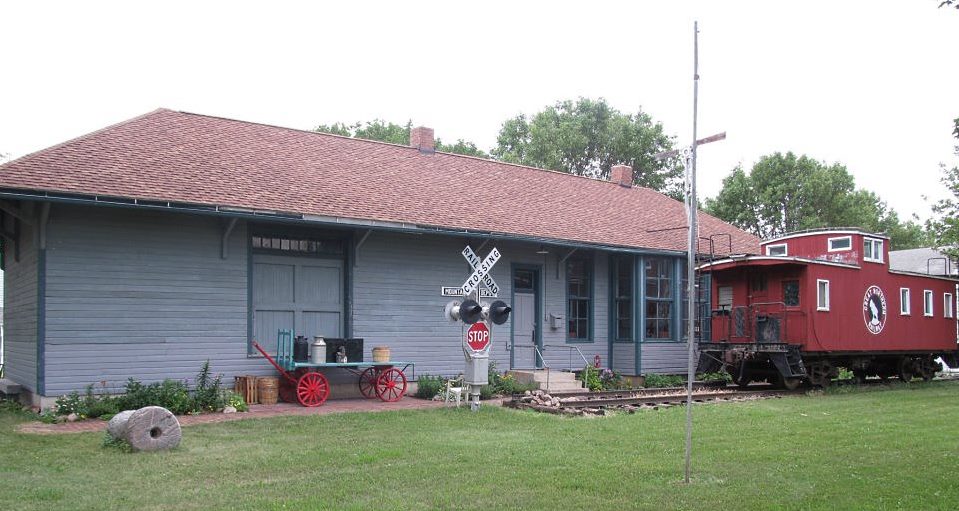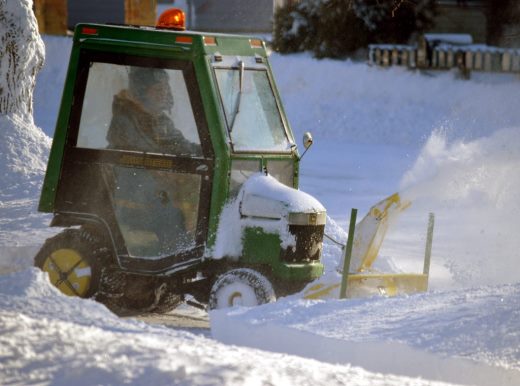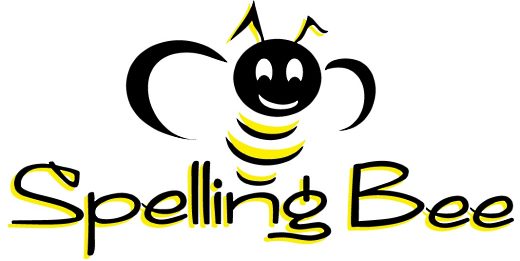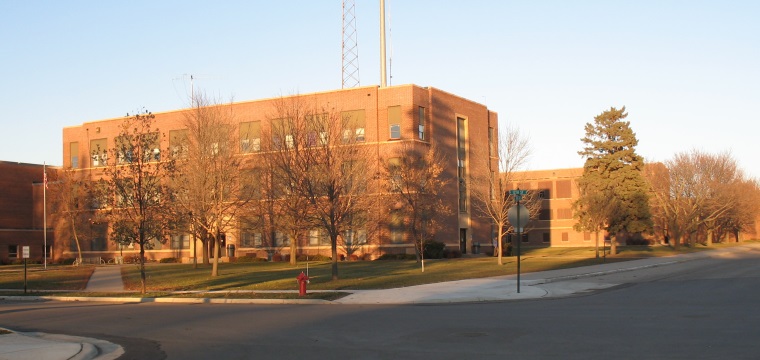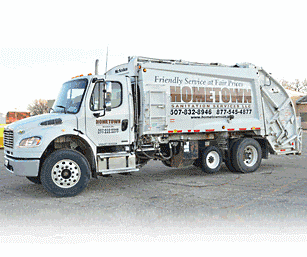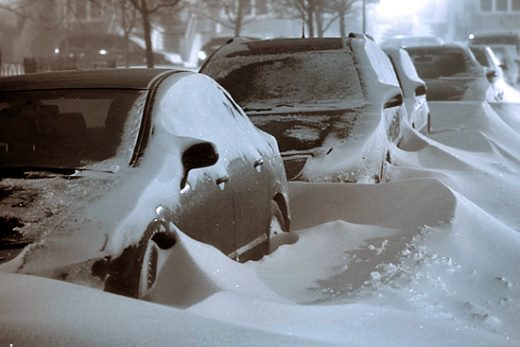Public meeting held on wastewater treatment problems and possible solutions
The City of Mountain Lake hosted a public meeting to discuss wastewater treatment problems and possible solutions at City Hall on Tuesday evening, January 26.
Late last year, at the Monday, October 19, 2015 Mountain Lake City Council meeting, the focus was on what wastewater treatment system should be selected for the city. Costs of construction, maintenance and operation were discussed, with the advantages and disadvantages of each alternative considered.
At that time, Andy Kehren, city engineer of Bolton & Menk, encouraged the City Council and Utility Commission to select the option to be written into a revised Facility Plan by January 1, 2016 if the intent is to construct in 2017. If construction is to occur in 2017, steps towards construction should begin in early 2016.
The end result of that council meeting discussion was Tuesday’s public meeting.
On hand at that meeting were Kehren; Pam Meyer from the Mankato office of the Minnesota Pollution Control (MPCA) Agency; members of the Mountain Lake City Council (Mike Nelson, David Savage, Andy Ysker, Dana Kass and Darla Kruser), Utility Commission (Mark Langland, Brett Lohrenz, Todd Johnson and Mike Johnson), Mountain Lake City Clerk/Administrator Wendy Meyer and Water/Wastewater Superintendent Kevin Krahn, along with Dave Watkins, Water/Wastewater Staff.
Kehren led the discussion and powerpoint slide show, while the MPCA’s Meyer inserted information on role her agency plays in addressingwastewater discharge and city representatives shared additional information.
Public discussion on the city’s entire Facility Plan (sanitary sewer collection, wastewater treatment, lift station needs, storm sewer needs, the water distribution system and the city’s water supply) began more than five-and-one-half years ago with the initial public hearing held on August 16, 2010. Due to the cost, the grant funding agency – the Public Facilities Authority (PFA) directed the council to break down the plan into priorities.
Since that time, all of the needs in the plan have been addressed – except wastewater treatment.
The 2012-2014 Utility and Street Project has:
+ Reduced the Infiltration and Inflow (I & I) of the sanitary sewer collection, eliminating sewage backups into city homes as well as by-pass pumping into Mountain Lake.
+ The 4th Avenue Lift Station has been redone and improved.
+ Storm sewer needs were addressed, eliminating flooding by Mountain Lake Public High School as well as helping to reduce sanitary sewer I & I.
+ The water distribution system improvements coincided with the sanitary system collection needs.
In addition, in 2015, Well #7 came online to provide for a firm water supply. The well produces 1,000 gallons of water per minute.
Since those priorities – set as #1 priorities at that time by city council members – have been completed, addressing wastewater treatment facility deficiencies – the #2 priority – is the next step.
That next step includes bringing the wastewater treatment facility into compliance with the NPDES (National Pollutant Discharge Elimination System) permit (over the past 10 years, the current three-pond wastewater treatment system has received 25 permit violations), addressing the hydraulic overload and organic loading issues
The existing wastewater treatment facility, consisting of three ponds:
+ Was built in 1957.
+ Has a primary pond of 39 acres.
+ Has a middle pond of 13.3 acres.
+ Has a 12-acre secondary pond.
+ The ponds each have a clay liner.
+ The facility has a controlled discharge into the Watonwan River (no discharge during the May-September growing season).
+ Has a 3,500 gallons per acre per day allowable seepage rate (the current standard is 500 gallons).
+ Has a 1′ to 3′ operating range that actually reaches 2′ to 5′.
+ Has a permitted treatment capacity of 180 days, along with 800 pounds per day average for BOD (biochemical oxygen demand) loading. BOD is he amount of dissolved oxygen needed (i. e., demanded) by aerobic biological organisms to break down organic material present in a given water sample at certain temperature over a specific time period.
The city’s stated intent in the original Facility Plan submitted by the city, and approved by the Minnesota Pollution Control Agency (MPCA) in 2010, was to replace the current pond wastewater treatment system with a mechanical plant.
Since that time, consideration has been given, instead, to upgrading the current pond system.
Both the MPCA and the Minnesota Public Facilities Authority (PFA) are now asking that the Facility Plan be updated if the preferred alternative is now an upgrade of the ponds.
PFA would likely provide the funding (in the form of loans and grants) for the project, including through WIF (Water Improvement Financing)
At Tuesday night’s public meeting, the four alternatives previously considered were again looked at. These included:
+ A new mechanical wastewater treatment facility. Building a new mechanical plant requires five acres of land for an estimated cost of $12,470,200. The estimated annual operating and maintenance costs(less debt) is $505,860, which includes a new NPSD permit, electrical costs, chemical costs and additional staff of one or two operators with required training. A mechanical plant would have continuous discharge rather than controlled.
+ A new stabilization pond. The stabilization pond option would require 130 acres – and provide a larger controlled discharge window of 210 days of storage, over the current 180 days. Estimated capital cost is $16,205,900, with estimated operation and maintenance (less debt) at $322,490. The total estimated annual cost would be $1,578,592.
+ Add a new primary pond and rehab the existing middle and secondary ponds. Building a new primary pond and rehabbing the existing two ponds – using wind and wave action to create aeration – would require 90 acres of land. The estimated capital cost is $15,037,000, with an estimated annual operation and maintenance cost (less debt) of $322,490. The total estimated annual cost would be $1,526,400. This would continue the controlled discharge of wastewater.
+ Add a new aerated pond and rehab the existing middle and secondary ponds. The final option – building a new aerated pond – in which the the aeration is incorporated – and rehab the middle and secondary ponds – would require 50 acres of land, but could be done at an estimated capital cost of $11,428,000. The estimated annual operation and maintenance cost (less debt) would be $362,260. The total estimated annual cost is the lowest of the four choices at $1,409,030. This too, would be a controlled discharge facility, operating a 2′ to 10′ depth
All of the options, except a new mechanical plant, would only require permit modification.
Kehren’s recommended preferred alternative was for a new aerated primary pond, with rehab of the middle and secondary ponds. The MPCA’s Meyers stated that this is the #1 type of wastewater treatment facility in the state. She additionally noted that current wastewater expelled from the water treatment plant is under current – and potential – limits. In the future, if the city was not making limits, it would be the water treatment plant – not the wastewater facility – that would be looked at to bring the city back into compliance.
The Mountain Lake Facility Plan is currently ranked 12th on the Project Priority List with 83 Priority Points, a position that is “pretty high on the list,” according to Kehren.
In fact, the Mountain Lake Facility Plan is one of those listed on Minnesota Governor Mark Dayton’s January 2016 recently-released plan to modernize aging infrastructure (other area city’s on the plan include Lakefield, Pipestone and Tracy). In looking at the project’s funding potential, both Kehren, and Meyer of the MPCA, stressed the “good signs coming from the governor’s office.”
The tentative project schedule timeline is as follows:
+ Current – land acquisition.
+ Spring-Summer 2016 – formalize funding with the PFA.
+ Summer-Winter 2016 – project design.
+ Spring 2017 – bid the project.
+ Summer 2017-2018 – construct the new primary plan.
+ Fall 2019 – complete rehab of existing ponds.
Council and Utility Commission members noted that if there was no funding from the PFA to assist in the cost to the public, the project would not move forward. And, if the project stalls, a new plan would have to be submitted. With the initial steps of the Facility Plan already completed, the Priority Points total would go down, dropping the city’s ranking on the Project Priority List and lower any potential for PFA funding.
A Question-and-Answer forum followed the presentation. During that time, Kehren’s powerpoint presentation was explained in greater detail in response to questions asked. Other topics discussed included the cost and functioning of the reverse osmosis (RO) system at the water treatment plant, the daily average amount of RO “reject water” that enters the wastewater system, utility rates, affordability of the plan, funding of the project with grants and loans, water and wastewater issues of other communities and economic competitiveness and viability.
“What” and “Why” of wastewater treatment?
Wastewater treatment is interconnected with the other uses of water. Much of the water used by homes, industries, and businesses must be treated before it is released back to the environment.
Instead of “wastewater treament,” it could be thought of, instead, as “sewage treatment.” According to the United States Geological Survey (USGS), nature has an amazing ability to cope with small amounts of water wastes and pollution, but it would be overwhelmed if we didn’t treat the billions of gallons of wastewater and sewage produced every day before releasing it back to the environment. Treatment plants reduce pollutants in wastewater to a level nature can handle.
As the USGS website explains, wastewater is used water. It includes substances such as human waste, food scraps, oils, soaps and chemicals. In homes, this includes water from sinks, showers, bathtubs, toilets, washing machines and dishwashers. Businesses and industries also contribute their share of used water that must be cleaned.
Wastewater also includes storm runoff. Although some people assume that the rain that runs down the street during a storm is fairly clean, it isn’t. Harmful substances that wash off roads, parking lots, and rooftops can harm our rivers and lakes.
If wastewater is not properly treated, then the environment and human health can be negatively impacted. These impacts can include harm to fish and wildlife populations, oxygen depletion, beach closures and other restrictions on recreational water use, restrictions on fish and shellfish harvesting and contamination of drinking water.
The major aim of wastewater treatment is to remove as much of the suspended solids as possible before the remaining water, called effluent, is discharged back to the environment. As solid material decays, it uses up oxygen, which is needed by the plants and animals living in the water.
“Primary treatment” removes about 60% of suspended solids from wastewater. This treatment also involves aerating (stirring up) the wastewater, to put oxygen back in. ”
Secondary treatment” removes more than 90% of suspended solids.
Environment Canada has compiled some examples of pollutants that can be found in wastewater and the potentially harmful effects theses substances can have on ecosystems and human health:
+ Decaying organic matter and debris can use up the dissolved oxygen in a lake so fish and other aquatic biota cannot survive.
+ Excessive nutrients, such as phosphorus and nitrogen (including ammonia), can cause eutrophication, or over-fertilization of receiving waters, which can be toxic to aquatic organisms, promote excessive plant growth, reduce available oxygen, harm spawning grounds, alter habitat and lead to a decline in certain species.
+ Chlorine compounds and inorganic chloramines can be toxic to aquatic invertebrates, algae and fish.
+ Bacteria, viruses and disease-causing pathogens can pollute beaches and contaminate shellfish populations, leading to restrictions on human recreation, drinking water consumption and shellfish consumption.
+ Metals, such as mercury, lead, cadmium, chromium and arsenic can have acute and chronic toxic effects on species.
+ Other substances, such as some pharmaceutical and personal care products, primarily entering the environment in wastewater effluents, may also pose threats to human health, aquatic life and wildlife.
